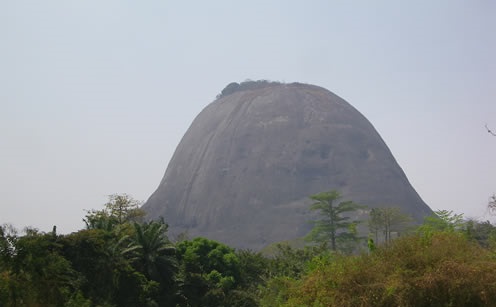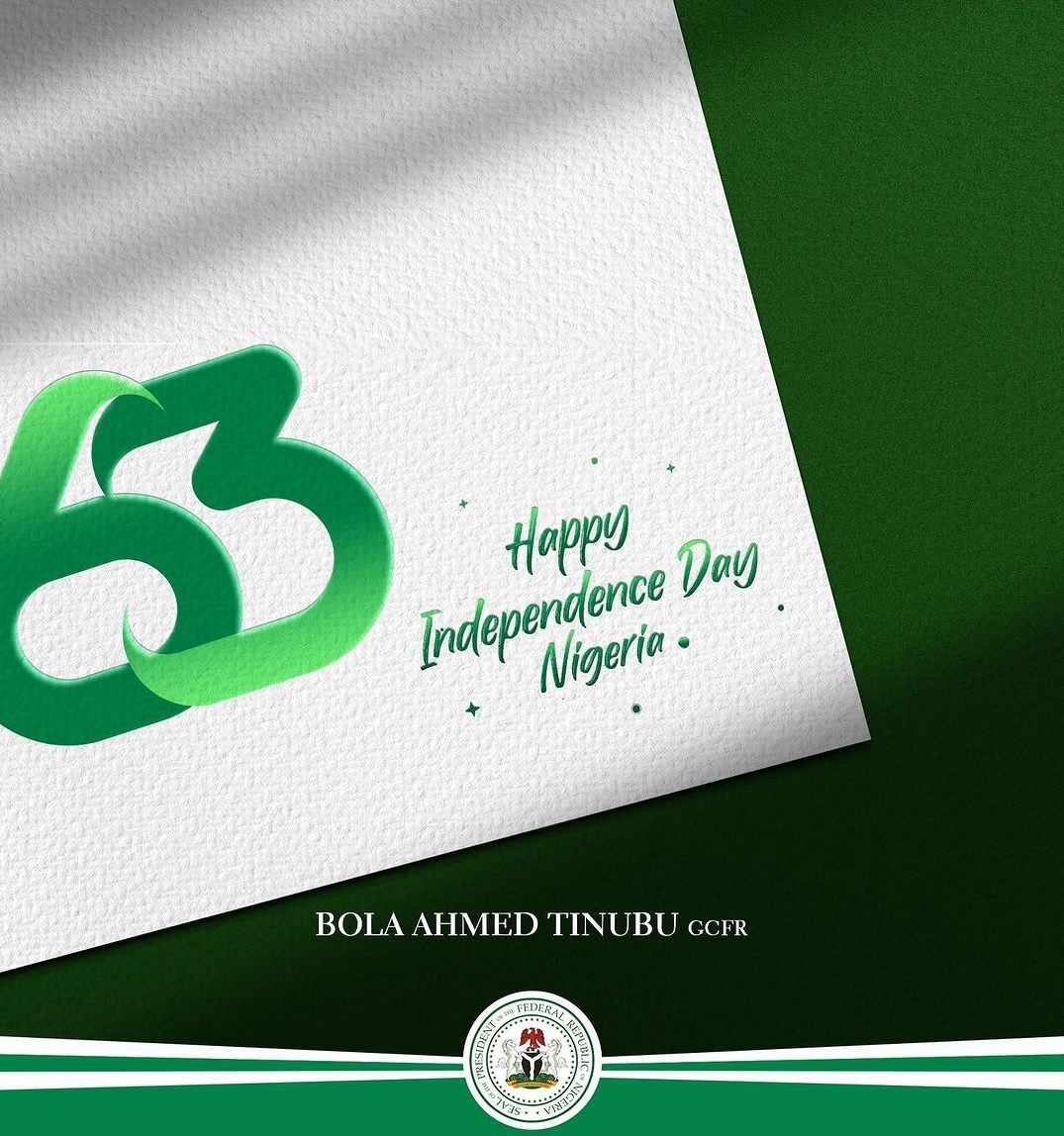
Ekiti people are subgroup of the Yoruba, historically occupying the Ekiti country, which was made up of 16 kingdoms- Otun, Ikole, Ado, Oye, Ijero, Ido, Ikere, Ise, Emure, Effon, Okemesi (traditionally Imesi-Igodo), Ara, Isan, Itaji, Obo, Akure, and Ogotun. In 1882- the Awujale of Ijebu made mention of being an ally of “the 16 kings in Ekiti.” Samuel Johnson says that the Ekiti are a section of the aboriginal elements occupying Yorubaland before Oduduwa. Apparently, the people in this eastern districts comprises aborigines of the country and later immigrants. In reality, a majority claims to have come from Ile Ife, though there are sessions who maintains they came from easterly regions (mostly Benin) or from other places at different times. The story usually goes that even these people came from Ile Ife but went separately or in the company of the Oba of Benin, to the east, settling in Benin kingdom. For reasons that escaped records, they retraced their steps and finally settled in their present abode.
No single leader was acknowledged by the confederation of Ekiti kingdoms prior to the 19th Century. No two towns in Ekiti is known to have been ruled together by a single Ekiti ruler. The Ekiti dialect differs in varying degrees from one kingdom to another. Although there can be seen an Ekiti country characterized by hills and rocks, a 1933 Intelligence Report on Ikere by N.A.C. Weir posits that “the Ekiti people, if there are any such thing, are not a subgroup in the sense that the Egba, Ijebu are.” Each town, identified as Ekiti therefore are one because they live and occupy land in a district which takes its name owing to its hilly nature. These people, said CMS’s Hinderer in a journal of 1855, “love their liberty- and have been known in the hour of extremity to chose death rather than a life of slavery.”
Trade &Towns
Trade served as a great uniting factor for the Ekiti people. Women were often seen carrying their wares on their heads from one end of the Ekiti country to another. However, Ekiti was too fragmented to offer enough resistance to the mighty Benin empire when by the late 16th Century, forces penetrated as far as Otun in the extreme north of Ekiti country. The kingdoms gave their submission peacefully in most cases, but ignored or forgot the terms of submission thereafter because of the relatively great distance of their land form Benin and the inconsistency of the power of Benin. Evidence shows that Ekiti before the 19th Century, like other eastern Yoruba kingdoms, were drawn more towards the center of Benin than towards the center of Yoruba civilization. At intervals, Ekiti came under the old Oyo Empire. Igbomina, occupying the north of Ekiti was fully part of the empire but the rest of Ekiti kings only acknowledged the Alaafin at Oyo as a senior brother.
Ekiti Under Ibadan Empire
Ekiti did not suffer the effects of the decline of Oyo authority directly, but Fulanis from Ilorin, who, taking advantage of the empire’s fall, soon showed face at Otun, in the extreme north of Ekiti. Although they conquered most Igbomina villages with little difficulty, Omu-Ekiti proved to be a nut to crack, for its ranks had been filled with Oyo refugees who had learnt the Oyo Art of War. Managing to rise up once beaten, Otun served as a gate keeper to the rest of Ekiti southward. Once more, the hills and ruggedness of the Ekiti country rendered the Calvary warfare that was the hallmark of Fulani Ilorin’s army ineffective. By 1840, the Ibadan army, eager to enter dominance in the new post-Alafin Oyo order that was to emerge, had joined Ekiti warriors in expelling the Fulanis.
From 1854, Ibadan military garrison, which had become the most powerful state in the whole of Yorubaland set its eyes fully on Ekiti, the country which it has, after several minor expeditions, familiarized itself with. Six years later, most Ekiti towns had come under Ibadan. As aggression from Ibadan continued, the kingdoms started to realize they shared a common destiny.
Wokuti
Wokuti, name given to the mysterious death of Ibadan warriors at the hills of Ekiti in 1897 at the last Ibadan military campaign in eastern Yoruba country literally means “pile the corpses out of the way.” The Wokuti war was pursued on the Ibadan side under the leadership of Latosisa, but no mention of it was made even in Ibadan prior to the attack. In this war, neither Ogedengbe nor Aduloju, the arch-enemy warrirors of the Ibadan army was attacked, but it appears, Esugbayi, the ambitious warrior, friend to Ibadan, who ruled a large kingdom extending beyond Aiyede to Ekiti and Akoko lands. Esugbayi bourgeoining influence, historian, S.A. Akintoye believed, excited the suspicion and hostility of the Ibadan chiefs.
Latosisa, the Ibadan General’s bigger vision was to extend Ibadan conquest into far northeastern Yoruba countries- the latter day Kabba Division. In December 1875, he led his army into Ekiti and proceeded to Aiyede, capturing and securing the surrender of Esugbayi who now accepted his kingdom to be Ibadan protectorate and to pay tributes. The conquering Ibadan party missed their way, and forayed into dangerous terrains where many perished, in one probably exaggerated account, leaving only one alive.
Ekiti Parapo
Erstwhile hostile and uncooperative relations between Ekiti kingdoms reached a turning point in 1878 with the creation of an alliance with Ogedengbe as Chief Commander and with the political patronage of the Owa of Ilesa. The alliance’s original purpose was to dislodge the Ibadan overlord. The emirate of Ilorin, seeing an opportunity in its contest against Ibadan for more territories, joined the Ekiti Parapo alliance in this campaign. Ekiti villages already under the control of the emirate joined their kindred who sough freedom from Ibadan influence. With the outbreak of Kiriji War, they pursued their goal of a glorious reunion.
Ekiti Today
A treaty was made in 1886, which passed Ekiti districts formerly under Ibadan control to the hands of the British. The part of Ekiti still under Ilorin began to revolt against the emirate, sometimes driving consols from their towns as recorded of the towns of Otun, Aiyede, and Ishan towns in 1896. An attempt to assert the emir’s authority led to a war at Erinmope, in which Ilorin suffered defeat. In spite of this victory, many Ekiti towns under the emirate were not joined politically with their kindred in Southern Nigeria until the first half of the 20th Century. When Otun Ekiti was finally transferred to Southern Nigeria in 1936, there remained only one Ekiti town left under Ilorin jurisdiction. Ekiti people are today contained in the political entity, Ekiti state of Nigeria, carved out of the old Ondo state in 1996.





















